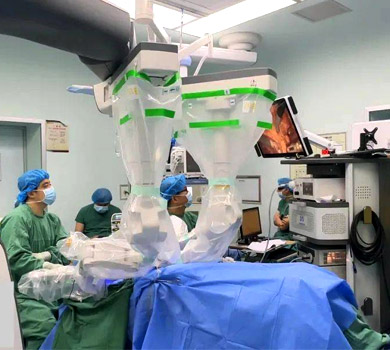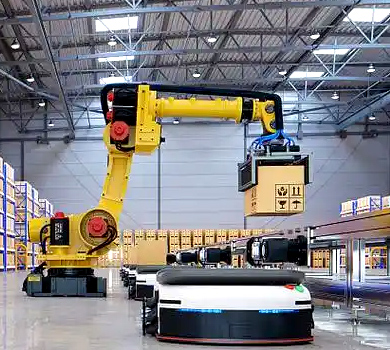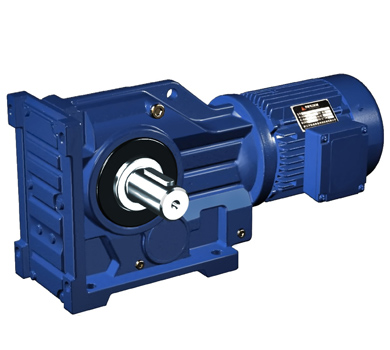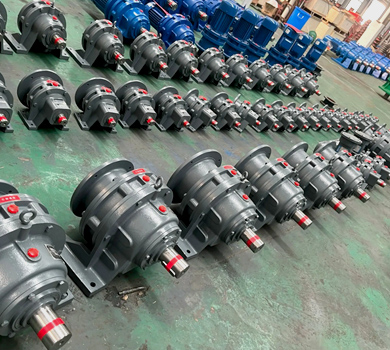Industry Challenges and Pain Points Analysis:
The dairy filling and capping system in automated food processing production lines is a critical application within the industrial automation sector. These systems are typically composed of fillers, capping machines, conveyors, and control units, all of which must operate with high precision and synchronization to ensure product quality and process efficiency. The industry is rapidly evolving, driven by demands for increased production speeds, higher hygiene standards, and reduced energy consumption.
Despite these advancements, several challenges persist. In terms of motion control systems, the current bottlenecks include:
- High sensitivity to system vibrations, leading to frequent misalignment and breakdowns;
- Inadequate torque density and power transmission efficiency under low-speed and high-load conditions;
- Complex system architecture resulting in high maintenance costs and long downtimes;
- Limited adaptability to extreme environments, such as high humidity and high temperatures;
- Difficulties in achieving seamless integration with automated control systems and modular design requirements.
Key Role and Technical Requirements for Gearboxes:
In dairy filling and capping systems, gearboxes are the backbone of motion control and precision alignment. The core technical requirements include:
- High torque density to handle low-speed, high-load operations;
- High transmission accuracy to ensure consistent and repeatable capping and filling actions;
- Fast response time for dynamic system adjustments;
- Compatibility with a wide range of actuators and motor types;
- Compact and modular structure for flexible integration and space optimization;
- Low maintenance frequency and high system lifetime in continuous operation scenarios;
- Environmental adaptability, including resistance to high temperature, moisture, and food-grade cleaning agents.
Waimica's Worm Gearbox Solution:
Waimica’s worm gearbox is designed to meet the unique demands of automated dairy processing lines. Below is a detailed breakdown of how our solution addresses the key challenges:
- Compact Design: The integrated housing design minimizes installation space requirements, enabling optimal use in tight production environments.
- Modular Architecture: This allows for quick configuration changes and easy replacement of parts, reducing downtime and maintenance complexity.
- Mounting Flexibility: Supports various mounting positions, including horizontal, vertical, and inverted orientations, for versatile integration into existing systems.
- Performance Specifications:
- Torque range: 10 Nm to 1000 Nm;
- Backlash: ≤ 1 arcmin;
- Efficiency: ≥ 70% (depending on gear ratio);
- Input flange options: IEC, ISO, and custom types;
- Operating temperature range: -20°C to +100°C;
- Protection rating: IP65 to IP67, suitable for use in clean rooms.
- Special Environment Support: Waimica’s worm gearboxes are built with stainless steel housings and corrosion-resistant coatings, ensuring durability in humid or high-temperature environments. They also meet food safety standards with materials and surface treatments compatible with food-grade cleaning processes.
Comparison with International Brands:
| Parameter | Waimica Worm Gearbox | Brand A | Brand B |
|---|---|---|---|
| Torque Range (Nm) | 10 - 1000 | 50 - 800 | 20 - 900 |
| Backlash (arcmin) | ≤ 1 | ≤ 1.5 | ≤ 2 |
| Efficiency (%) | ≥ 70 | ≥ 65 | ≥ 60 |
| Protection Rating (IP) | IP65 to IP67 | IP65 to IP67 | IP65 |
| Mounting Options | TheHorizontal, Vertical, Inverted | Horizontal, Vertical | Horizontal |
Typical Application Scenario and Customer Feedback:
A European dairy company requested a reliable and high-precision capping solution for its automated line, which processed over 12,000 bottles per hour. The existing gearboxes were prone to overheating and had limited service life under continuous operation. Waimica's technical team conducted a site visit to analyze the current system performance and alignment requirements. Based on this evaluation, we recommended our worm gearboxes, which were configured to match the exact torque and speed parameters of the new application.
The project was completed within a tight timeline, and the customer reported the following improvements:
| Performance Metric | Before Implementation | After Implementation |
|---|---|---|
| System downtime per month (hours) | 18 | 4 |
| Maintenance interval (hours) | 300 | 1,200 |
| System stability rate (%) | 72 | 95 |
Customers noted the ease of integration and the robustness of Waimica’s gearboxes in the high-humidity processing environment. The performance and cost-effectiveness of our solution led to a contract extension for a second production line.
Conclusion and Waimica's Brand Value:
TheWaimica’s worm gearboxes demonstrate a combination of high performance, reliability, and cost efficiency in the demanding conditions of automated dairy filling and capping systems. Our technical team provides end-to-end support, from initial consultation and system analysis to product selection and on-site integration. With strong customization capabilities and a short lead time for production, we can meet the specific needs of each customer and provide value-added solutions that are on par with, and in some cases superior to, international competitors.
As a provider of high-quality industrial automation components from China, Waimica offers a compelling alternative to traditional international brands. We understand the global requirements for hygiene, precision, and robustness, and our products are engineered to meet these exacting standards.
Looking ahead, the dairy industry will continue to shift toward higher automation, smart integration, and energy efficiency. Waimica is committed to being a trusted partner for long-term success, with continuous R&D investment and support for global technical standards.









